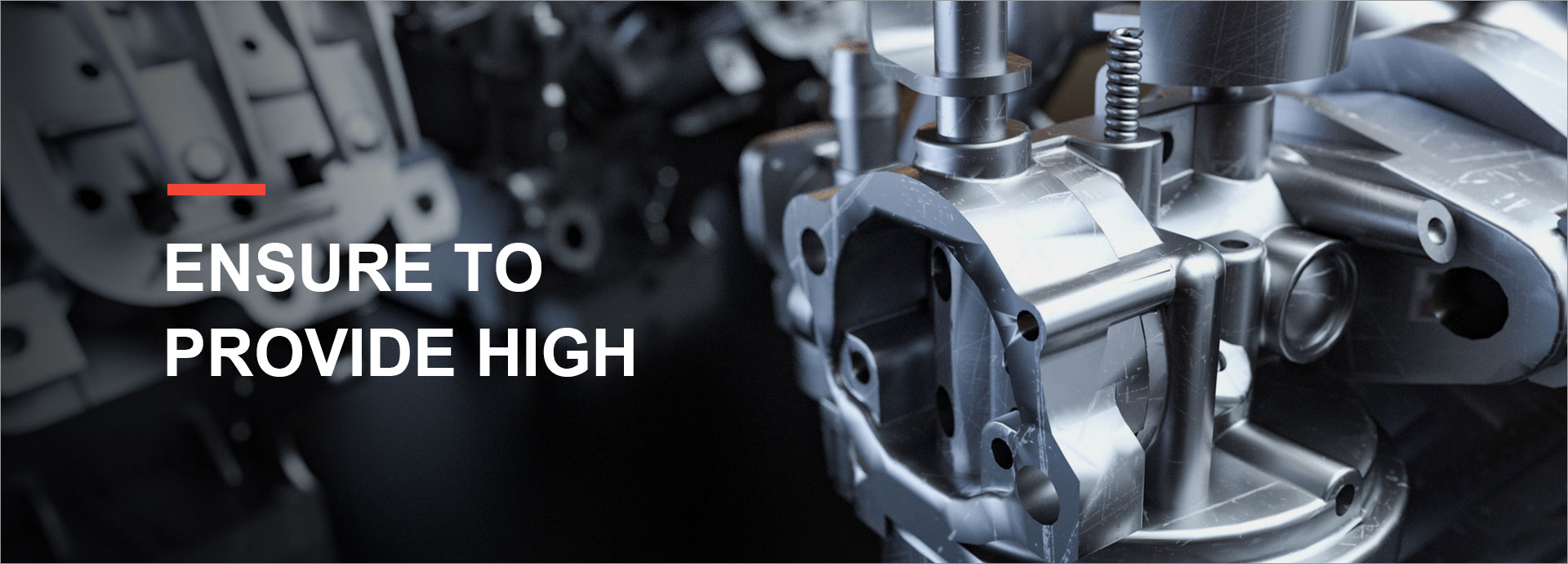Future of Robot Li-ion Battery Technology: Innovations for 2025
As we step into an era defined by rapid technological advancements, one area that holds significant promise is the evolution of robot lithium-ion (Li-ion) battery technology. With robotics becoming an integral part of industries ranging from manufacturing to healthcare, the quality and efficiency of battery technology are set to play a pivotal role in shaping the future of this sector.
For more Robot Li-ion Batteryinformation, please contact us. We will provide professional answers.
Battery technology for robots is undergoing a transformative phase, with innovation at its core. One of the most exciting developments on the horizon is the introduction of more efficient and lightweight battery designs. Manufacturers are exploring advanced materials such as lithium-sulfur and solid-state batteries, which promise higher energy densities and longer life cycles compared to traditional lithium-ion batteries. This leap in technology will enable robots to operate for extended periods without the need for frequent recharging, thereby enhancing productivity and usability in various applications.
Moreover, the integration of artificial intelligence (AI) and machine learning into battery management systems is revolutionizing how robots utilize power. These smart systems can optimize energy consumption dynamically based on the robot's activity level and workload. For example, a robotic arm in a factory setting can adjust its power usage based on real-time data from its surroundings, ensuring that it operates efficiently and conserves energy when not in heavy use. This not only extends the battery life but also prepares robots for tasks that require more intensive energy use without compromising performance.
Sustainability is another key consideration driving innovations in Li-ion battery technology. The push for greener solutions has prompted researchers to focus on developing eco-friendly materials and recycling methods. For instance, companies are experimenting with the use of biodegradable components and improved processes for recycling existing batteries. By enhancing the sustainability of battery technology, manufacturers can contribute to reducing the carbon footprint of robotic technologies while appealing to environmentally conscious consumers and organizations.
Charge time reduction is another focal point of development. In 2025, we can expect to see advancements that allow for rapid charging capabilities. Current technology may take several hours to charge adequately, but upcoming innovations promise to reduce this time significantly, allowing robots to recharge in a matter of minutes. This capability will be a game-changer for industries that depend on continuous operations, enabling robots to return to their tasks quickly after a recharge.
Another trend poised to influence robot Li-ion battery technology is the miniaturization of battery components. As robots become smaller and more compact, so too must their power sources. Innovations in nanotechnology are leading to the development of smaller, more efficient batteries that do not compromise on performance. These advancements will facilitate the creation of smaller robots that can access tight spaces, serve in delicate tasks, and perform in a wider range of environments.
The future of robot Li-ion battery technology also hints at enhanced connectivity. The incorporation of Internet of Things (IoT) capabilities into batteries will enable real-time monitoring of battery health and performance. This advancement will allow for predictive maintenance, where issues can be identified and addressed before they lead to operational disruptions. For manufacturers, this means fewer downtime periods and more reliable robotic systems.
In conclusion, the innovations expected in robot lithium-ion battery technology by 2025 offer a glimpse into a future where robots are more efficient, sustainable, and intelligent. As these advancements come to fruition, organizations can anticipate a shift in how robots are integrated into their operations, driving productivity and paving the way for innovative applications across various sectors. For those interested in optimizing their robotics using advanced battery technology, staying informed about these trends will be crucial for maintaining a competitive edge in the rapidly evolving marketplace. Fostering awareness around these developments is not just essential for enthusiasts but also for businesses aiming to leverage robotics for greater efficiency and innovation.
For more information, please visit Li-ion Battery For Unmanned Aerial Vehicle.


